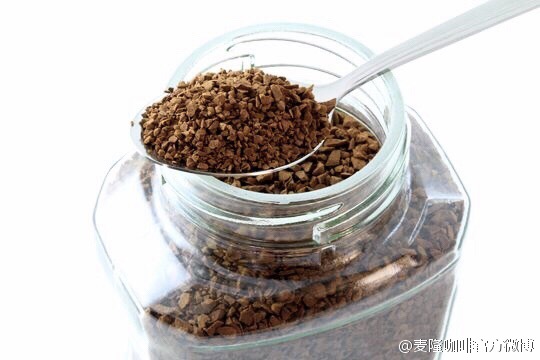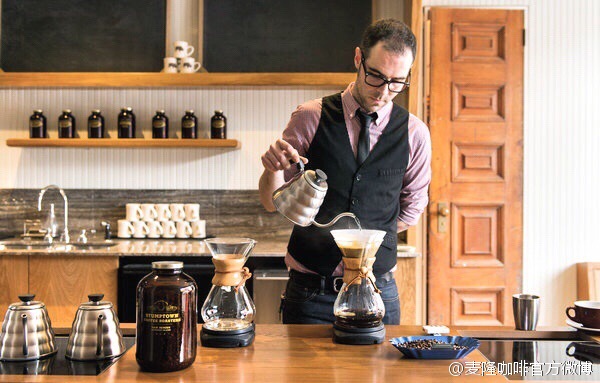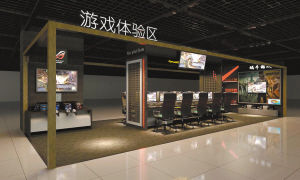Coffee: from instant to fine

Now the cafe, go to the cash register front desk to see,"Espresso, Caffè Latte, Cappuccino" and other names, a small number of guests asked: "What do you write in this cafe?" I just want coffee. Which one is coffee? When I was a barista, I would slowly guide my customers by saying,"Would you like black coffee or white coffee, strong or weak?" More milk or less milk? These questions can basically help the guest choose the cup of coffee in his mind, but I don't seem to have answered his question. I remember when I was a child, I followed my parents to a cafe. The cafe should be the origin of Hong Kong coffee. The coffee I heard should only be frozen coffee, hot coffee, fast coffee (black coffee), especially coffee (black coffee and condensed milk), and "frozen lemon coffee"! Two generations, two kinds of understanding, when did this generation gap start? From 1554, when the first coffee shop appeared in the Turkish Empire, to the mid-20th century, people drank coffee only for religion, caffeine, or for the unique social and cultural atmosphere of the coffee shop, and then spread to Italy, Britain and other centuries. But in the decades since World War II, there has been a dramatic shift in the taste of coffee. Former European families went to the market for groceries, mostly including raw coffee beans. Bake a small amount every week, self-sufficient. But the rise of the industrial revolution made instant coffee packaging fashionable for big business. The culture of fresh baking and instant grinding was forgotten. The so-called first wave of coffee was the mass-produced and cheap stuff that used to be drunk in ice houses and cafes. It was extremely high concentration and excessive extraction. There was no quality to speak of, so it had to be mixed with milk and sugar to reconcile the bitterness.

Coffee = Italian? The second wave of espresso originated after World War II. European immigrants revived the roasting process in the United States, using the Italian Luigi Bezzera to invent the advanced technology of the time in 1901-the espresso machine to make espresso at high temperature and high pressure. Later Starbucks chain stores spread across the United States, and even the world has drawn the "coffee and Italian" equal sign. When talking to young people about coffee, most of them will think of milk bubbles (commonly known as pull flowers) with different shapes on coffee. This is the product of the previous wave. The third wave actually brews high-quality coffee without any electronic machinery, just a pot of hot water and a filter. The emphasis of the third wave is on craft against mechanization, back to basics, and the refinement of the process: a cup of coffee used to be charred, ground to powder, and boiled in boiling water. What is done now contains scientific data and the precipitation of contemporary taste aesthetics. Different from Italian coffee with milk foam, fine coffee pursues regional style, without adding, endless changes.

The fourth wave? People often ask me,"Will there be a fourth wave in the future?" My answer is, what criteria do you want to use to define a wave? If we define it by brewing and extraction technology, in fact, since 2010, manufacturers have launched a pressure profile breakthrough of variable pressure espresso machine La Marzocco Strada to explain the arrival of the fourth wave, but in the past two years, I have seen that it is a "return to nature". The current market direction of coffee appliance manufacturers is to introduce some machinery that can replace human hands. For example, now the World Barista Championship designated machine-Black Hawk (VA388 Black Eagle ) with extremely high stability T3 technology plus GRAVIMETRIC(weighing) technology, can replace the Marco Über Boiler for hand-brewed coffee, why do manufacturers do this? Because we all know now, no matter the barista or the cafe, the most important thing for brewing coffee is stability, there is no wrong with this problem, and the position of the barista is not guaranteed. No, because these stability requirements require a wealth of coffee knowledge to set, the current machine is only to help baristas produce a better and more stable cup of coffee, this may also include the combination of the second and third waves.
However, from a distant point of view, the breakthrough of science and technology is actually inseparable from the boundaries of taste. The third wave of coffee has tapped into the chemical potential of the little fruit itself, from caffeine pick-me-up to the present through processes such as planting, processing, roasting and extraction. This wave just witnessed the appreciation and taste of nature by mankind.
Source: @ Myron Coffee Official Weibo
Important Notice :
前街咖啡 FrontStreet Coffee has moved to new addredd:
FrontStreet Coffee Address: 315,Donghua East Road,GuangZhou
Tel:020 38364473
- Prev

SUNING, the first SUNING cloud store in Guangzhou, also comes to make coffee?
In the British TV series Mr. Selfridge, people see how a department store that thinks what you think can drive countless men and women crazy. On Thursday, in Zhengjia, Guangzhou, SUNING Zhengjia Cloud, a brand new SUNING store, also wanted to make history and make the whole of Guangzhou shine. The reporter paid an early visit to Zhengjia, the first SUNING cloud store in Guangzhou, which will open on July 30th.
- Next

This is the most handsome move to make coffee. No one.
We all like to enjoy the beauty of coffee flowers and indulge in all kinds of beautiful patterns. As everyone knows, whether it's going to a cafe for a cup of coffee or making a cup of coffee yourself, the process of making coffee is also part of how we enjoy it. Among them, the action of pulling flowers is the most handsome! Whether it's a male barista or a female barista, pick up the coffee cup and milk with espresso.
Related
- Why are the coffee in some coffee shops not enough after being frozen? What should I make up for my American latte cappuccino coffee after being frozen?
- How much water does it take to steam coffee by hand? Why is the coffee brewing and steaming time 30 seconds? What is the purpose of steaming coffee?
- The suspected drink contains too much caffeine! Overlord Tea Lady responds urgently!
- Starbucks rejects antique paper coupons?! Netizen: Missed marketing opportunities!
- What ratio of water temperature and ground does the smart cup method use to press coffee? The difference between brewed coffee and filtered coffee?
- What is the standard process for the purpose of coffee cup testing? What is the difference between hand-brewed coffee and cup testing?
- How to use hand-brewed coffee paragon small golden balls? How does cold coffee lock in the aroma of coffee?
- Is American coffee black? What is the difference between American coffee and drip coffee?
- Unexpected! Well-known tea beverage brand Lele Tea will withdraw from the Zhengzhou market!
- Starbucks enters the fashion and beauty industry?! Netizen: Give me an ice American eye cream

